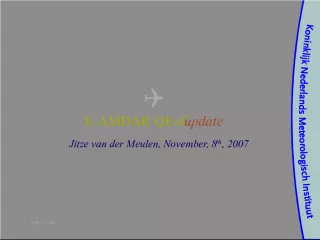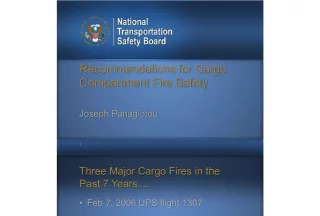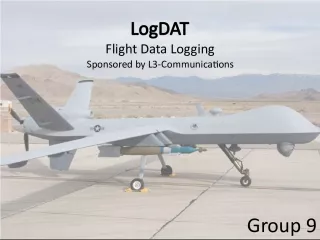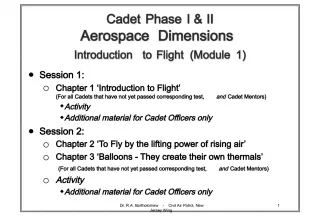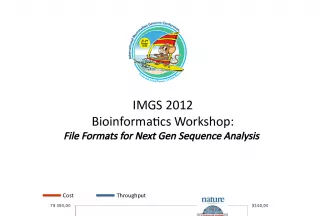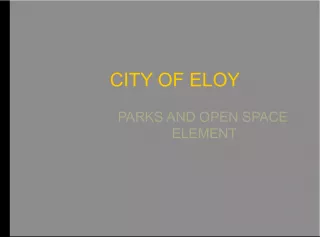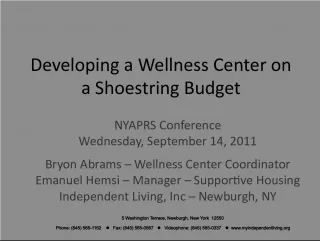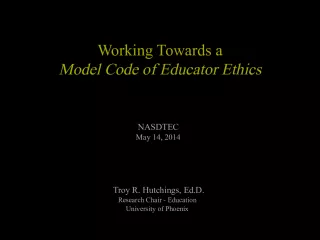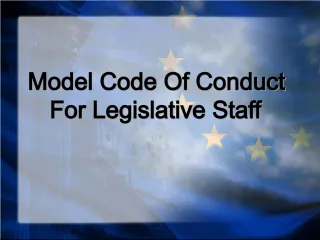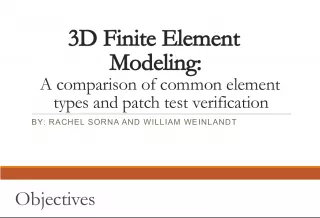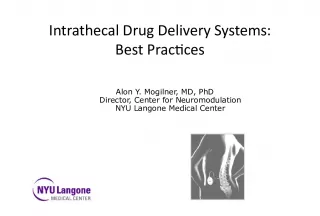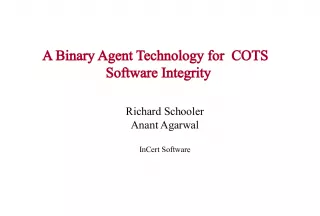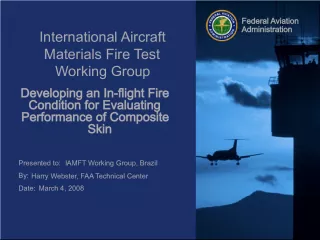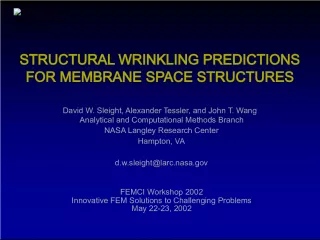Goddard Space Flight Center Code 300 Mission Assurance Overview


This article provides an overview of the mission assurance branch at Goddard Space Flight Center Code 300, including details on the codes 323, 321, 322, 320, 541, 562, 561, and 546, as well as the Quality Engineering Team, resident office support at supplier facilities, and software assurance. Contact information for Associate Branch Head Joe Hall is also provided.
- Uploaded on | 0 Views
-
 desmond
desmond
About Goddard Space Flight Center Code 300 Mission Assurance Overview
PowerPoint presentation about 'Goddard Space Flight Center Code 300 Mission Assurance Overview'. This presentation describes the topic on This article provides an overview of the mission assurance branch at Goddard Space Flight Center Code 300, including details on the codes 323, 321, 322, 320, 541, 562, 561, and 546, as well as the Quality Engineering Team, resident office support at supplier facilities, and software assurance. Contact information for Associate Branch Head Joe Hall is also provided.. The key topics included in this slideshow are Goddard Space Flight Center, Code 300, mission assurance, quality engineering, system safety engineering, reliability engineering, materials engineering, radiation engineering, contamination, resident office support, software assurance,. Download this presentation absolutely free.
Presentation Transcript
1. G O D D A R D S P A C E F L I G H T C E N T E R Code 300 Overview Codes 323: Mission Assurance Branch Name: Joe Hall Title: Associate Branch Head Office: Mission Assurance Branch Tel: 61802 Email: Joseph.F.Hall@nasa.gov
2. October 20, 2011 2 How Code 300 Organization Interacts With GSFC Projects QUALITY ENGINEERING TEAM (HW/SW) Code 323 SYSTEM SAFETY ENGINEERING Code 321 RELIABILITY ENGINEERING Code 322 Code 320 MATERIALS ENGINEERING Code 541 EEE PARTS/ RADIATION ENGINEERING Code 562 Code 561 CONTAMINATION Code 546 RESIDENT OFFICE SUPPORT AT SUPPLIERS FACILITIES PROGRAM MANAGER PROJECT MANAGER Chief Safety & Mission Assurance Officer (CSO) SOFTWARE ASSURANCE
3. G O D D A R D S P A C E F L I G H T C E N T E R 3 Organization Charter The Mission Assurance Branch provide expertise to the GSFC space flight projects and space flight support programs in the implementation of mission assurance. This expertise is managed through a single point of contact, the Chief Safety and Mission Assurance Officer (CSO) who functions as a member of the project management team. Generally the CSO is co-located with the project office, to provide the most efficient access to the project manager and his staff.
4. G O D D A R D S P A C E F L I G H T C E N T E R 4 Organization Functions Chief Safety and Mission Assurance Officer CSO CSOs assigned to Projects (formerly known as SAMs and FAMs before that) Co-located with Projects Reports to Project Manager (dotted line) Assurance program includes Quality Assurance, S/W assurance, Safety, Reliability, Workmanship, Risk Management, Parts, Materials Reports independently back to Code 300 Works Project for the full life-cycle from Concept through Launch Manages assurance program for both in-house and out-of-house Projects Generates and implements Mission Assurance Requirements (MAR)
5. G O D D A R D S P A C E F L I G H T C E N T E R 5 Organization Functions CSOs contd Lead for Problem Report/Problem Failure Report (PR/PFR) System Lead for Work Order Authorization (WOA) implementation (in-house projects) Responsible for manufacturing and QA oversight of Project contractors by utilizing: Defense Contracts Management Agency (DCMA) NASA Audits, Assessments, and Assurance (A3 formerly NCAS) Code 300 Support Contractors Audits by either Project personnel or Code 302 Works with Systems Safety Engineers to implement project safety program Works with Reliability engineering to implement project reliability program
6. G O D D A R D S P A C E F L I G H T C E N T E R 6 Organization Functions CSOs contd Member of Parts Control Board. Works closely with Code 562 Parts Engineers. Implements Government-Industry Data Exchange Program (GIDEP) compliance and dispositions Works with Code 541 Materials to determine acceptability of materials and printed wiring boards by coupon evaluation Ensures parts and materials lists are thoroughly reviewed and acceptable for use. Coordinates radiation requirements and implementation with Code 561 (Radiation Effects) Implements Workmanship Standards such as soldering, cabling, harnessing, conformal coating
7. G O D D A R D S P A C E F L I G H T C E N T E R 7 Work Examples (Sometimes Things still go wrong)
8. October 20, 2011 8 SMA Plan and Standard MAR The CSO writes the SMA Plan to describe implementation of SMA on a particular project including both in-house and out-of-house work. This will include applicable GPRs/PGs/WIs, NPRs, NASA standards, GSFC standards, etc. that apply to in-house SMA, out-of-house SMA, or both. The MAR is used as a procurement document and is an extension of the Statement of Work on a procurement. Only the applicable sections will get identified on the contract. The CSO uses as a guide the Standard MAR as a tailoring tool and consults with functional disciplines in Codes 301, 302, 320, 541, 562 and other GSFC organizations to develop the MAR for their Instrument, Spacecraft, and Ground System. Missions are classified as A (high priority, minimized risk level) through D (low priority, higher risk level is tolerated). The Standard MAR document number is 320-MAR-1001. The latest version can be found at https://ossmacm.gsfc.nasa.gov/index.cfm - click on link in left hand margin. The Standard MAR includes specific data items (such as parts lists, safety plan) to impose on the procurement. 320-WI-7120.1.1B, Project Mission Assurance Requirements (MAR) Preparation establishes relevant procedures and processes for its use.
9. October 20, 2011 9 NPR 8705.4 Appendix A: Subject: Risk Classification for NASA Payloads Characterization Class A Class B Class C Class D Priority (Criticality to Agency Strategic Plan) and Acceptable Risk Level High priority, very low (minimized) risk High priority, low risk Medium priority, medium risk Low priority, high risk National significance Very high High Medium Low to medium Complexity Very high to high High to medium Medium to low Medium to low Mission Lifetime (Primary Baseline Mission Long, >5years Medium, 2-5 years Short, <2 years Short < 2 years Cost High High to medium Medium to low Low Launch Constraints Critical Medium Few Few to none In-Flight Maintenance N/A Not feasible or difficult Maybe feasible May be feasible and planned Alternative Research Opportunities or Re-flight Opportunities No alternative or re-flight opportunities Few or no alternative or re- flight opportunities Some or few alternative or re-flight opportunities Significant alternative or re- flight opportunities Achievement of Mission Success Criteria All practical measures are taken to achieve minimum risk to mission success. The highest assurance standards are used. Stringent assurance standards with only minor compromises in application to maintain a low risk to mission success. Medium risk of not achieving mission success may be acceptable. Reduced assurance standards are permitted. Medium or significant risk of not achieving mission success is permitted. Minimal assurance standards are permitted. Examples HST, Cassini, JIMO, JWST MER, MRO, Discovery payloads, ISS Facility Class Payloads, Attached ISS payloads ESSP, Explorer Payloads, MIDEX, ISS complex subrack payloads SPARTAN, GAS Can, technology demonstrators, simple ISS, express middeck and subrack payloads, SMEX NOTES: 1. Mission impact; i.e., loss of function effect on other payloads or ISS operations may also be a characterization factor. For example, loss of the function of freezers and centrifuges may impact other payloads and increase the overall level of risk. 2. The safety risk to crew inherent in the operation of a human-crewed vehicle may be a factor in payload classification determinations. Class C and D payloads that have a medium or high risk of not achieving mission success may be considered unsuitable for launch on a crewed vehicle, unless they are secondary payloads making use of available launch capacity that would otherwise go unused. 3. Other situation-dependent payload classification considerations may include human-rating environment, logistics support, and interoperability interfaces.
10. October 20, 2011 10 Support at Suppliers Develop Program/Project Quality Assurance Surveillance Plans The work activities performed by the developer and/or his suppliers are subject to evaluation and audit by government-designated representatives. CSO supports project by selecting on-site supplier representatives by one of several methods: (1) a Defense Contract Management Agency (DCMA) person via a Letter Of Delegation (LOD), (2) an independent assurance contractor (IAC) via a contract Audits, Assessments, and Assurance (A3) Contract Code 300 Mission Assurance Support Contract (MASC)
11. October 20, 2011 11 Project Assignments (1 of 2) 9/6/2011
12. October 20, 2011 12 Project Assignments (2 of 2) 9/6/2011
13. G O D D A R D S P A C E F L I G H T C E N T E R 13 In Conclusion The MAB provide the overall S&MA leadership for projects being developed at the GSFC and are critical for mission success. Questions?
